The fall migration of the Monarch butterfly has begun. The Monarch butterflies are now migrating from Canada to the warmer climate of Mexico. Did you know that they travel about 3,000 miles and up to 500 miles a day? Austin falls in the path of the monarchs traveling south. So, it's important to get involved and for us to do our part to save our Monarchs.
It is estimated that there are more Monarchs migrating this year than last year. But, the population is still way below normal. Watch for roosts coming through your area as the monarchs make their way to Mexico. With loss of habitat, pesticides killing the milkweeds and deforestation, conservationists in Mexico and around the country are making efforts to increase the population.
Monarchs play an important role in our ecosystem. They pollinate flowers and provide a source of food. When there's an abundance of these butterflies, there's a healthy ecosystem. Without them, the food chain will collapse.
Here are a few suggestions that your students can do to learn more about Monarchs. These are taken from my Project Based Learning Unit: Saving the Monarchs.
1. Join Journey North
If you are interested in getting your students involved in becoming young scientists and learning about the life cycle and migration of the Monarch, visit the Journey North website. It is so comprehensive. Your students can record sightings and map the path of the Monarchs.
There's now an app for the iPads for your students to enjoy and report their observations.
2. Research Monarchs
The more students learn about monarchs, the more comfortable they are in sharing their information with others. When students know more about a subject, it increases their reading level. Here's a link to my Google Site for monarch websites.
Students can ask experts. Here are a few great resources:
- Contact your local nursery or natural gardner who can give you information about the diet of the monarchs. And, they can give you ideas in designing a butterfly garden.
- This TedTalk will grab your students' attention
3. Get Involved by Raising Monarch Butterflies
In the spring, students raise butterflies from eggs and release them after they become adults. This is a wonderful way for students to follow the life cycle of the butterfly.
4. Get Involved by Planting Milkweed
The easiest thing you and your students can do is plant milkweed. Check on the Journey North website to see if your state is on the migration path of the monarch. If it is, encourage your students to plant milkweed in their yard or create a butterfly garden at your school. Your class can participate in Project Milkweed through the Lady Bird Johnson Wildflower Center.
This is milkweed I planted in my back yard.













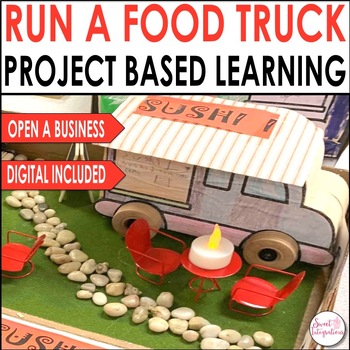

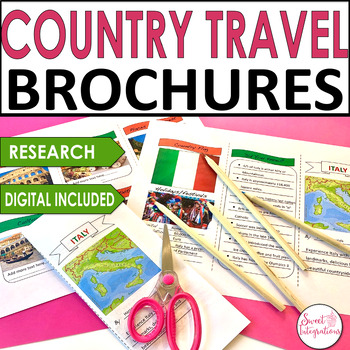
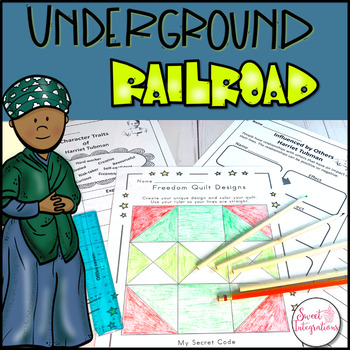

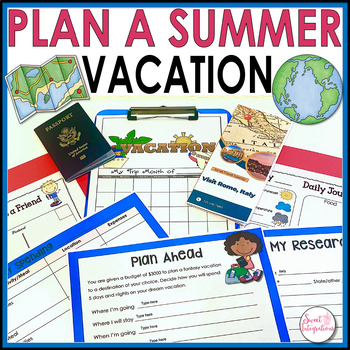
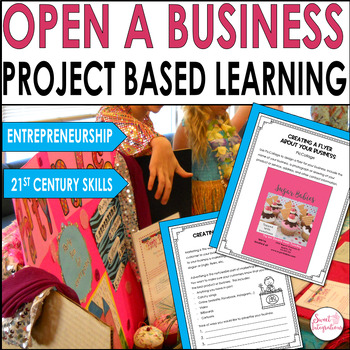
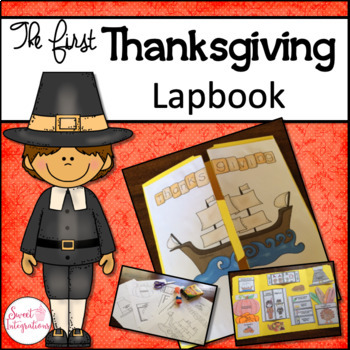

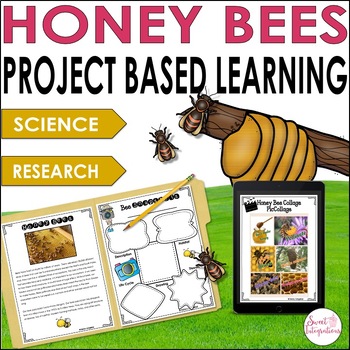



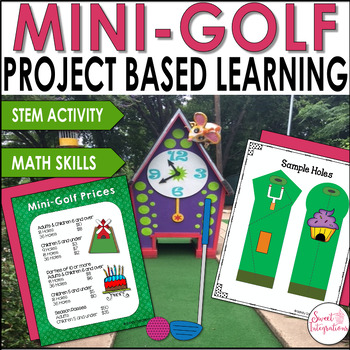


No comments